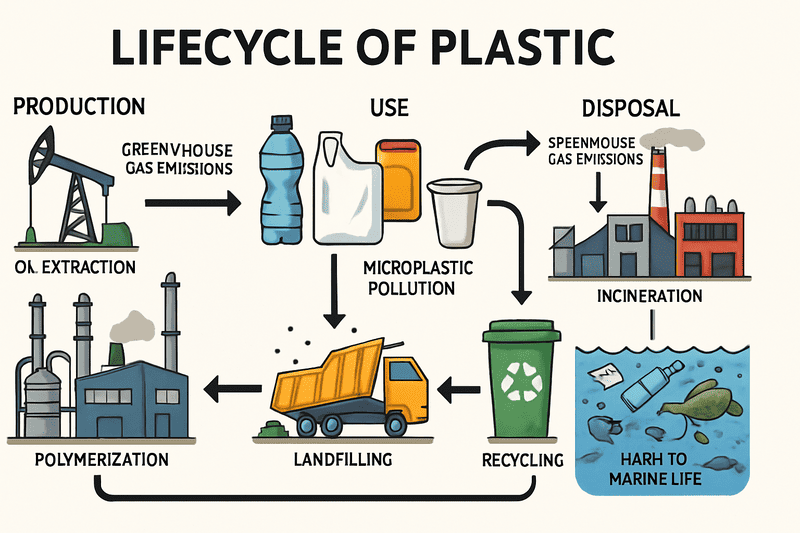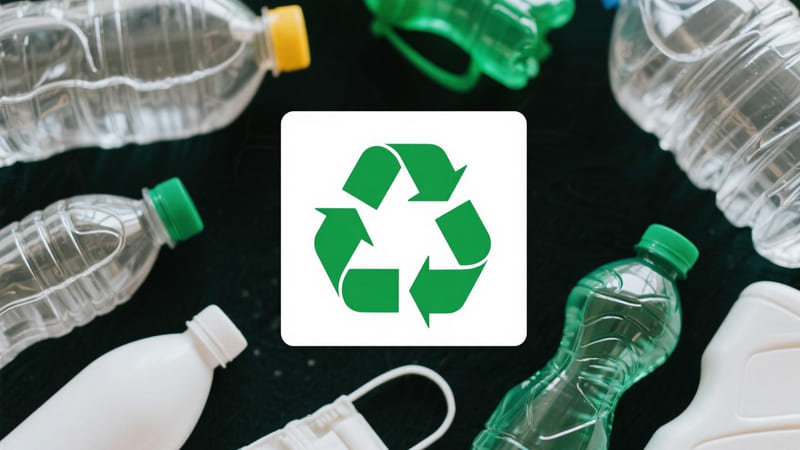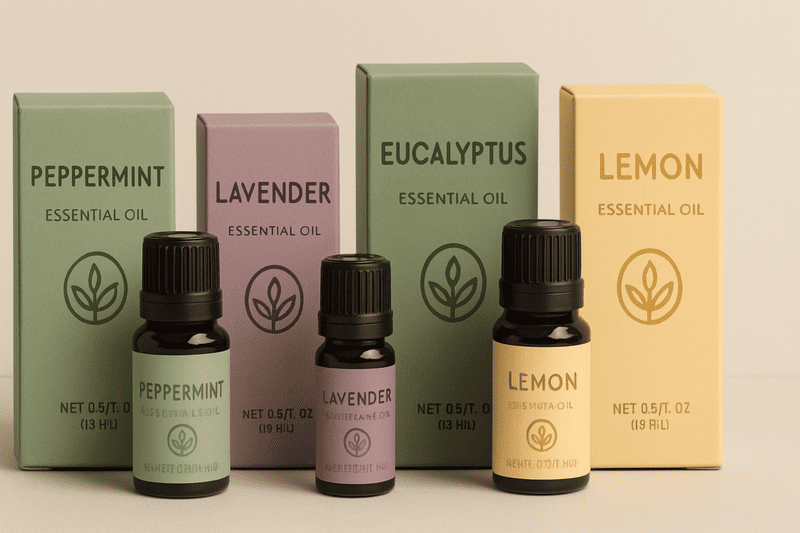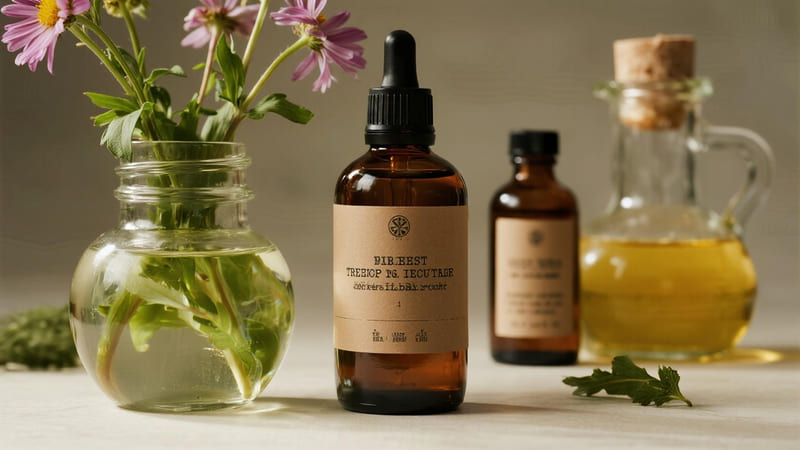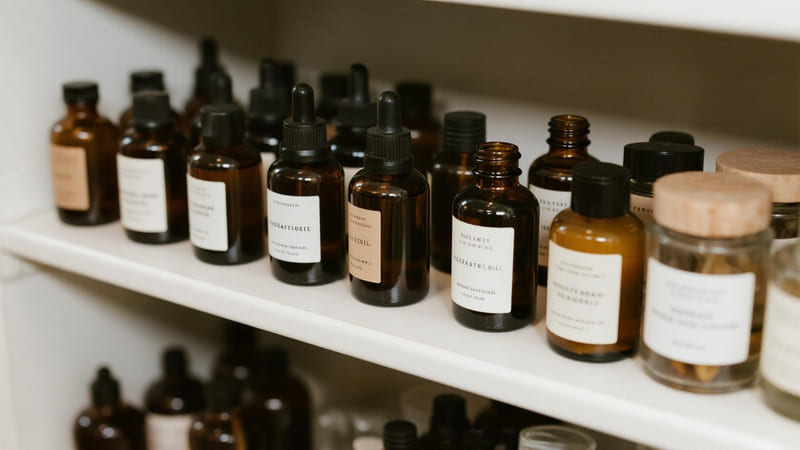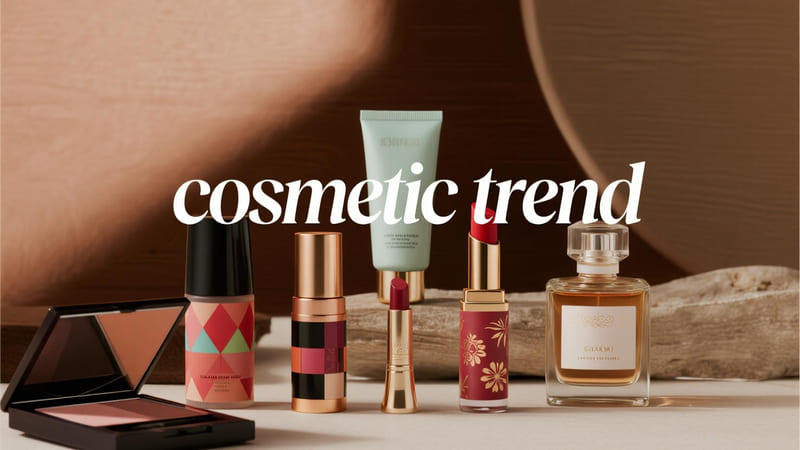The question of whether plastic is eco-friendly is complex and often debated. While incredibly versatile and useful, conventional plastic derived from fossil fuels has significant environmental drawbacks, leading to a general consensus that it is not inherently eco-friendly.
No, conventional plastic, especially single-use plastic derived from fossil fuels, is generally not considered eco-friendly. Its production is resource-intensive, it contributes to greenhouse gas emissions, it persists in the environment for hundreds of years, leading to pollution (like ocean plastic and microplastics), and recycling rates are often low with challenges in creating a truly circular economy for all plastic types.
Plastic’s impact on the environment is a major global concern. As a packaging manufacturer with ShineTop, we are acutely aware of these issues and are actively working with clients to explore more sustainable alternatives or more responsible ways to use plastics, such as incorporating PCR content or designing for recyclability. Let’s break down why plastic’s eco-credentials are so often questioned.
Are Plastics Eco-Friendly or Not?
This is the core question, and the straightforward answer for most conventional plastics is no, they are not inherently eco-friendly, especially when their entire lifecycle is considered.
Conventional plastics are generally not eco-friendly due to their reliance on finite fossil fuels for production, energy-intensive manufacturing processes, significant contribution to greenhouse gas emissions, long persistence in the environment leading to pollution, and challenges in effective, widespread recycling for all types. However, some bio-based or recycled plastics can offer improved environmental profiles compared to virgin fossil-fuel plastics.
The environmental concerns associated with plastics are numerous:
- Fossil Fuel Dependence: Most plastics are derived from petroleum or natural gas, which are finite, non-renewable resources. Their extraction and processing have significant environmental impacts.
- Energy-Intensive Production: Manufacturing plastics is an energy-intensive process, contributing to greenhouse gas emissions and climate change.
- Persistence & Pollution: Plastics are not biodegradable in the common sense. They can take hundreds, even thousands, of years to break down. Instead, they often fragment into smaller pieces called microplastics.
- Landfill Burden: Most plastic waste ends up in landfills.
- Ocean Pollution: A significant amount of plastic waste enters waterways and oceans, harming marine life and ecosystems.
- Microplastic Contamination: Microplastics are now found virtually everywhere – in water, soil, air, and even the food chain.
- Chemical Additives: Many plastics contain chemical additives (plasticizers, flame retardants, colorants) that can leach out over time and may have harmful effects on health and the environment.
- Recycling Challenges: While some plastics are recyclable, the overall global recycling rates are low. Many types are difficult to recycle, collection infrastructure is often inadequate, and recycled plastic can be of lower quality than virgin plastic (downcycling).
Are there "Greener" Plastics?
- Recycled Plastics (e.g., PCR PET): Using recycled content reduces the need for virgin plastic and diverts waste from landfills. This is a more eco-friendly approach.
- Bio-based Plastics (e.g., from sugarcane, cornstarch): These use renewable resources as feedstock, which can reduce reliance on fossil fuels. However, their end-of-life (recyclability, compostability) and land-use implications need careful consideration.
- Biodegradable/Compostable Plastics (Certified): Designed to break down under specific composting conditions. These can be beneficial if proper composting facilities are available and used, but they are not a solution for litter or landfill issues.
So, while innovations are making some plastics "better" than others, the overarching category of conventional, virgin, fossil-fuel-based plastic is not eco-friendly.
Is Plastic Bad for the Environment?
Given the issues outlined above, the answer to whether plastic is "bad" for the environment is a resounding yes, particularly in the way it’s currently produced, used (often as single-use items), and disposed of.
Yes, plastic, especially single-use and improperly managed plastic, is bad for the environment. Its production contributes to climate change, its persistence leads to widespread pollution of land and marine ecosystems, it harms wildlife through ingestion and entanglement, and it breaks down into pervasive microplastics with largely unknown long-term ecological and health consequences.
The negative environmental impacts of plastic are well-documented and extensive:
- Resource Depletion: Made from non-renewable fossil fuels.
- Greenhouse Gas Emissions: Throughout its lifecycle, from production (ethylene from cracking hydrocarbons) to disposal (incineration or degradation in landfills).
- Land Pollution: Plastic waste accumulating in landfills takes up vast amounts of space and can leach chemicals into the soil and groundwater. Littered plastic blights landscapes.
- Water Pollution (Oceans, Rivers, Lakes):
- Millions of tons of plastic enter the oceans each year, forming massive garbage patches.
- Marine animals can ingest plastic (mistaking it for food) or become entangled in it, leading to injury, suffocation, and death.
- Microplastic Contamination: As plastics break down, they form microplastics (<5mm) and even smaller nanoplastics. These are ingested by organisms at all levels of the food chain, including humans, with potential health impacts that are still being researched.
- Harm to Wildlife: Beyond ingestion and entanglement, plastic pollution can destroy habitats and disrupt ecosystems.
- Chemical Leaching: Additives in plastics can leach into the environment and potentially into food and water, posing health risks.
While plastic has brought many benefits to modern life due to its versatility and low cost, its environmental toll, particularly from single-use applications and poor waste management, is undeniably severe. This is why at ShineTop, we are actively working with our cosmetic brand clients to explore alternatives like glass, aluminum, PCR plastics, and paper-based solutions to reduce reliance on virgin, single-use plastics.
Can Plastic Be 100% Recyclable?
The term "recyclable" is often used, but the reality of plastic recycling is complex. While many plastics are technically recyclable, achieving 100% true, closed-loop recyclability for all plastic is currently not feasible on a global scale.
Theoretically, some plastics like PET and HDPE can be recycled multiple times, but plastic cannot be "100% recyclable" in an infinite loop like glass or metal without some degradation in quality (downcycling) or the need for virgin material input. Challenges include mixed plastic types, contamination, additives, and the economics of recycling. Most plastics are mechanically recycled, which can shorten polymer chains and reduce quality over successive cycles.
"100% recyclable" is a misleading term when applied broadly to all plastics in current systems.
Why True 100% (Infinite) Plastic Recycling is Difficult:
-
Material Degradation (Downcycling):
- Most common plastic recycling is mechanical recycling, where plastic is melted and reformed. This process can shorten the polymer chains, leading to a decrease in the material’s physical properties (strength, clarity) over successive recycling cycles.
- This means recycled plastic is often "downcycled" into products of lower quality or with less demanding applications than the original item (e.g., a PET bottle might become fiber for carpets or clothing, not necessarily a new food-grade PET bottle without adding virgin material).
-
Contamination:
- Food residues, labels, adhesives, and other contaminants can reduce the quality of recycled plastic and make it unsuitable for certain applications (especially food-grade).
-
Mixed Plastics & Sorting Challenges:
- There are many different types of plastic (PET, HDPE, LDPE, PP, PS, PVC, #7 Other). These cannot all be recycled together.
- Effective sorting at Material Recovery Facilities (MRFs) is crucial but challenging and imperfect. Cross-contamination of plastic types can ruin a batch.
-
Additives & Colorants:
- Dyes, pigments, and additives used in plastics can make them harder to recycle or limit the applications of the recycled material (e.g., it’s hard to turn black plastic back into clear plastic).
-
Chemical Recycling (Advanced Recycling):
- Technologies like pyrolysis or gasification aim to break plastics back down into their chemical building blocks (monomers), which can then be used to create new virgin-quality plastics. This offers the potential for true circularity.
- However, chemical recycling is currently more energy-intensive, expensive, and not yet widely scaled. There are also ongoing debates about its true environmental benefits and efficiency.
-
Economic Viability:
- The cost of collecting, sorting, and processing recycled plastic can sometimes be higher than the price of virgin plastic, especially when oil prices are low. This disincentivizes investment in recycling infrastructure.
In contrast:
- Glass and metals (aluminum, steel) can be recycled repeatedly with little to no loss in quality, making them much closer to a true "closed-loop" recyclable material.
So, while we should absolutely maximize the recycling of plastics that can be effectively recycled (like PET and HDPE), it’s not a perfect solution to the plastic waste problem on its own. Reduction and reuse are higher on the waste hierarchy.
Is Recycled Plastic Eco-Friendly?
Using recycled plastic is generally a more eco-friendly choice than using virgin plastic. It addresses some of the environmental problems associated with plastic production and waste.
Yes, recycled plastic (especially Post-Consumer Recycled – PCR plastic) is generally considered more eco-friendly than virgin plastic. Its use reduces the demand for new fossil fuels, diverts waste from landfills and oceans, and typically requires less energy and results in lower greenhouse gas emissions during its processing compared to producing virgin plastic.
Opting for recycled plastic is a significant step towards a more circular economy for plastics.
Benefits of Using Recycled Plastic:
-
Reduces Reliance on Virgin Fossil Fuels:
- Since most virgin plastics are made from oil and natural gas, using recycled plastic lessens the need for extracting these finite resources.
-
Diverts Waste from Landfills and Incinerators:
- Gives existing plastic waste a new life, reducing the amount that ends up in landfills (where it takes centuries to degrade) or incinerators (which can release pollutants).
-
Lowers Greenhouse Gas Emissions:
- The process of recycling plastic typically consumes less energy and therefore produces fewer greenhouse gas emissions compared to manufacturing virgin plastic from raw fossil fuels. Estimates vary, but savings can be substantial.
-
Reduces Ocean Plastic Pollution (Indirectly):
- By creating a market and value for used plastic, it encourages better collection and reduces the likelihood of it ending up as litter that pollutes waterways and oceans.
-
Conserves Energy:
- Melting and reforming existing plastic requires less energy than the entire process of extracting fossil fuels, refining them, and polymerizing them into new plastic.
-
Supports the Recycling Industry & Creates Green Jobs:
- Increased demand for recycled content helps to strengthen the recycling infrastructure and market.
However, it’s important to note:
- Quality & Applications: As mentioned, mechanically recycled plastic may not always have the same quality as virgin plastic and might be limited in its applications (e.g., food-grade PCR requires stringent cleaning and is often a blend).
- Not a Panacea: While better, recycled plastic is still plastic. The ultimate goal is to reduce overall plastic consumption and improve end-of-life management for all materials.
- Recyclability of the Recycled Product: The product made from recycled plastic should also ideally be designed for further recycling.
At ShineTop, we are proud to offer a growing range of cosmetic packaging options made from PCR PET, PCR PE, and PCR PP. We see this as a crucial step in helping our clients reduce their environmental footprint and meet consumer demand for more sustainable products. For example, Anna’s natural skincare line in Thailand now uses our PCR PET bottles, which aligns perfectly with her brand’s eco-conscious values.
Conclusion
Conventional plastic is generally not considered eco-friendly due to its fossil fuel origins, persistent pollution, and recycling challenges. While plastic is not infinitely recyclable like glass or metal, using recycled plastic is a significantly more sustainable option than virgin plastic as it conserves resources, reduces waste, and lowers carbon emissions. The journey towards truly eco-friendly solutions involves reducing our overall plastic consumption, prioritizing reuse, and championing a more circular economy for the plastics we do use.

